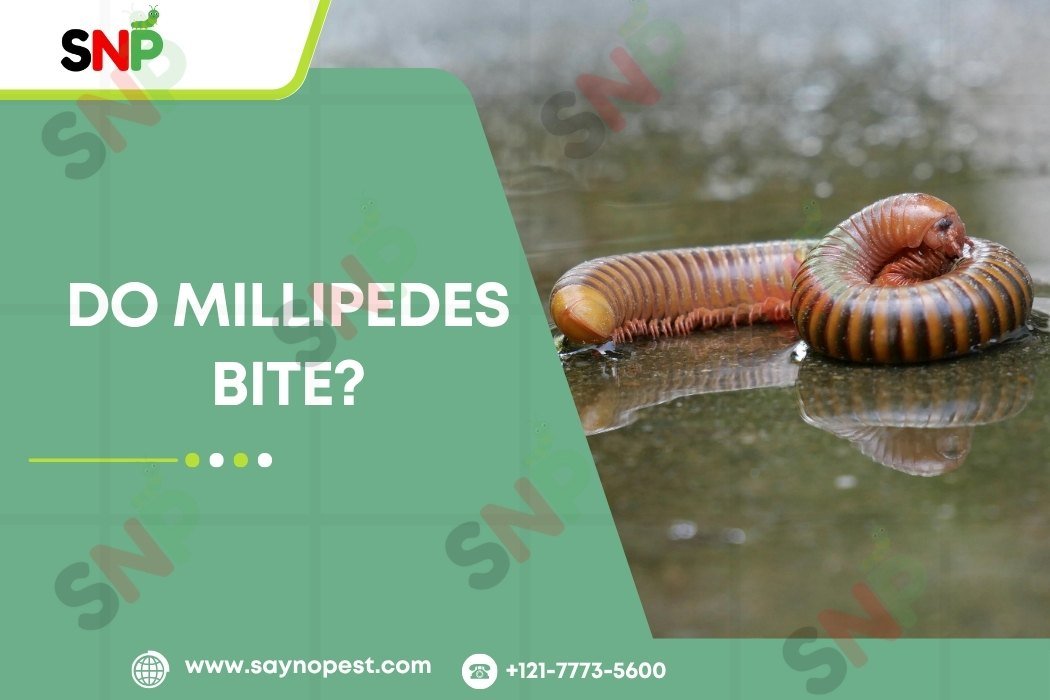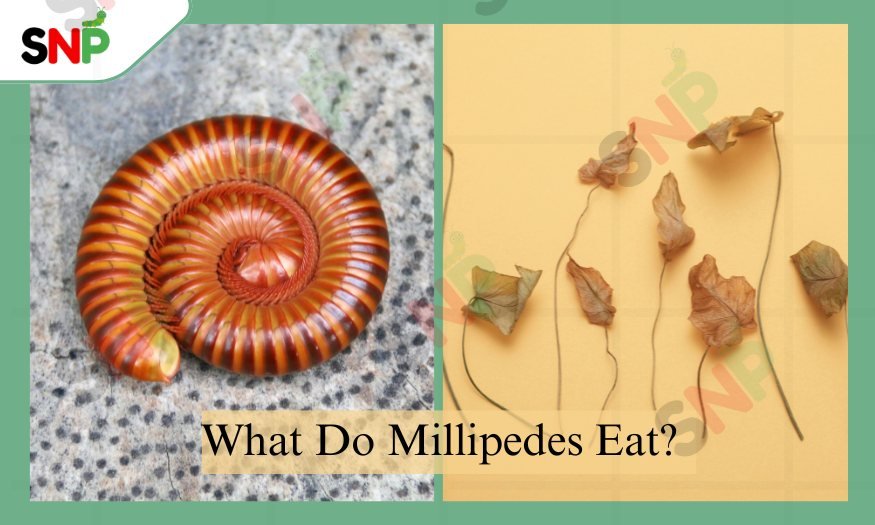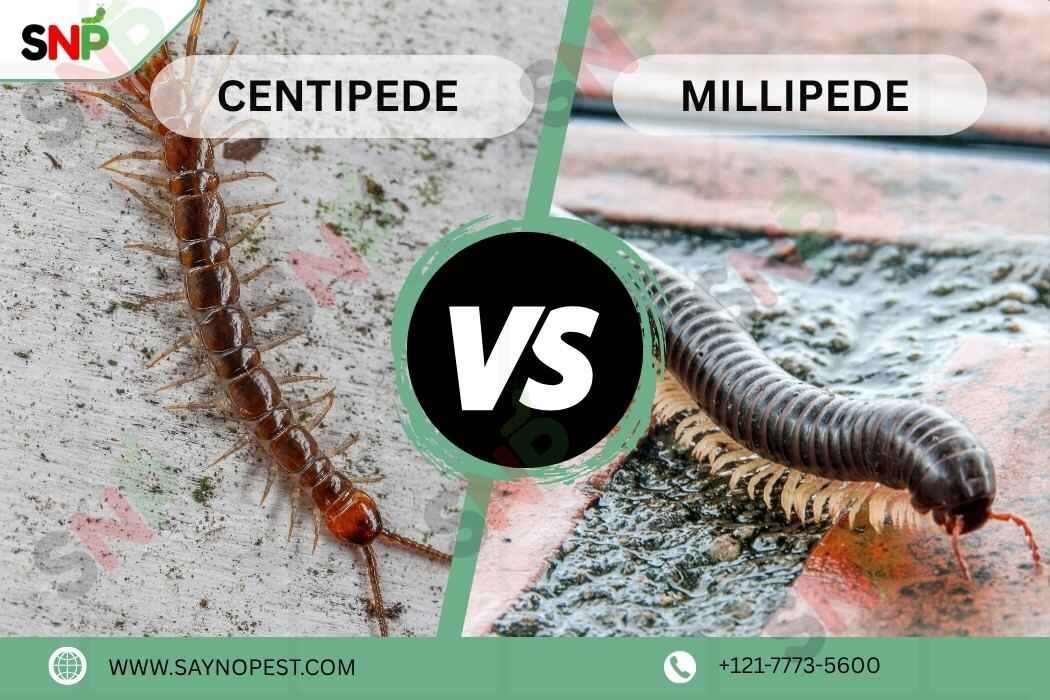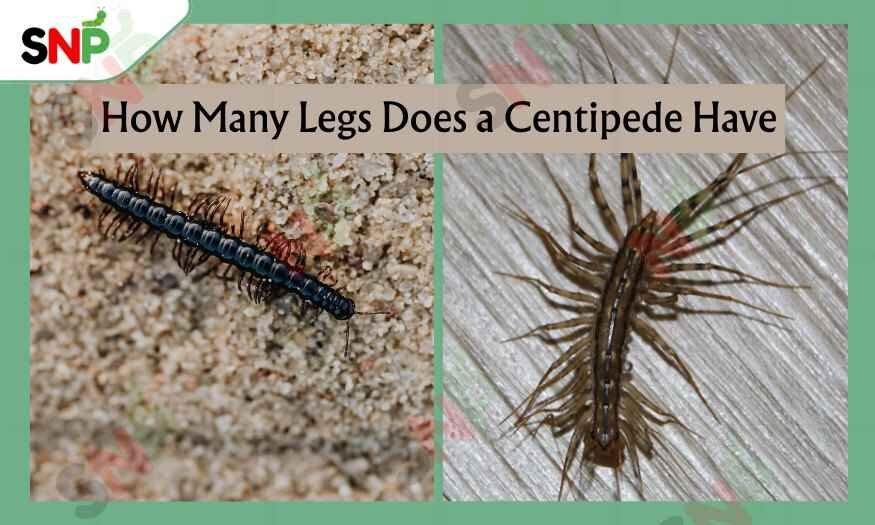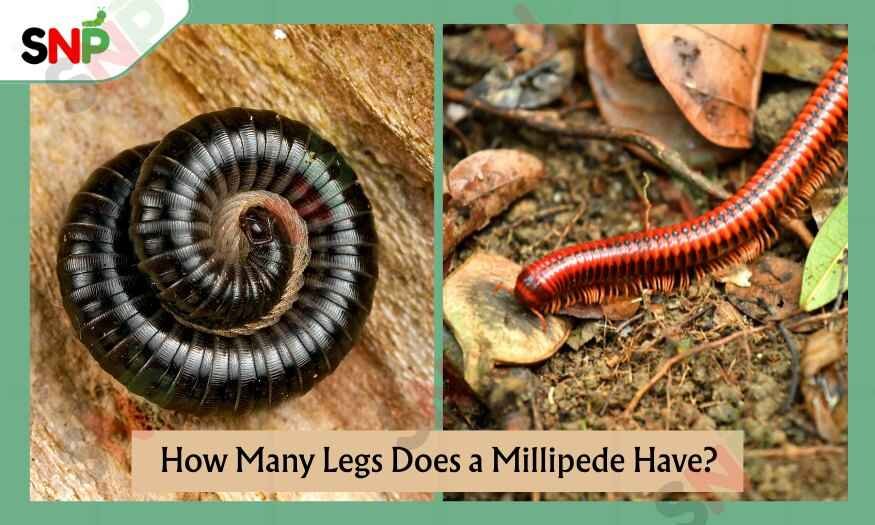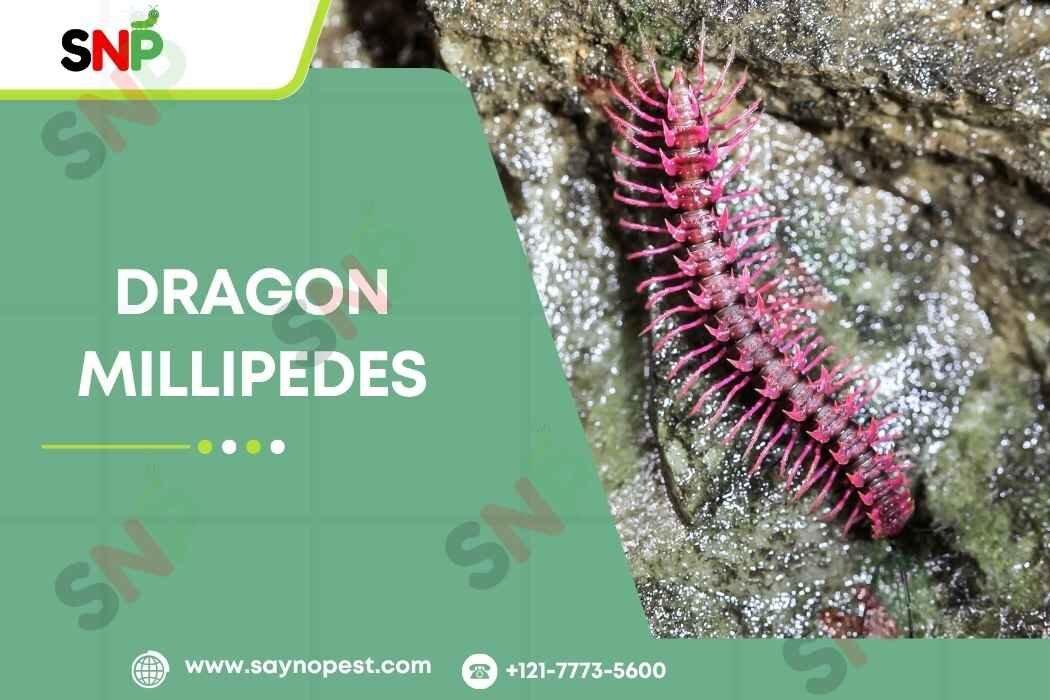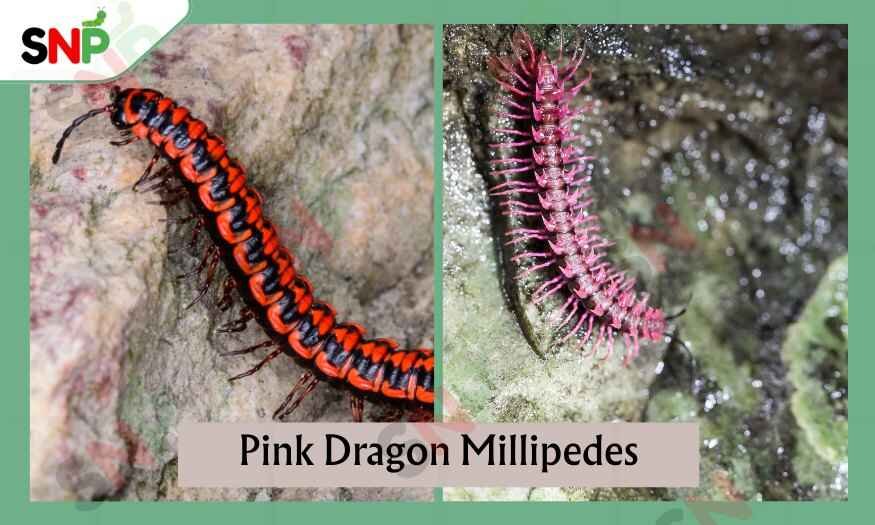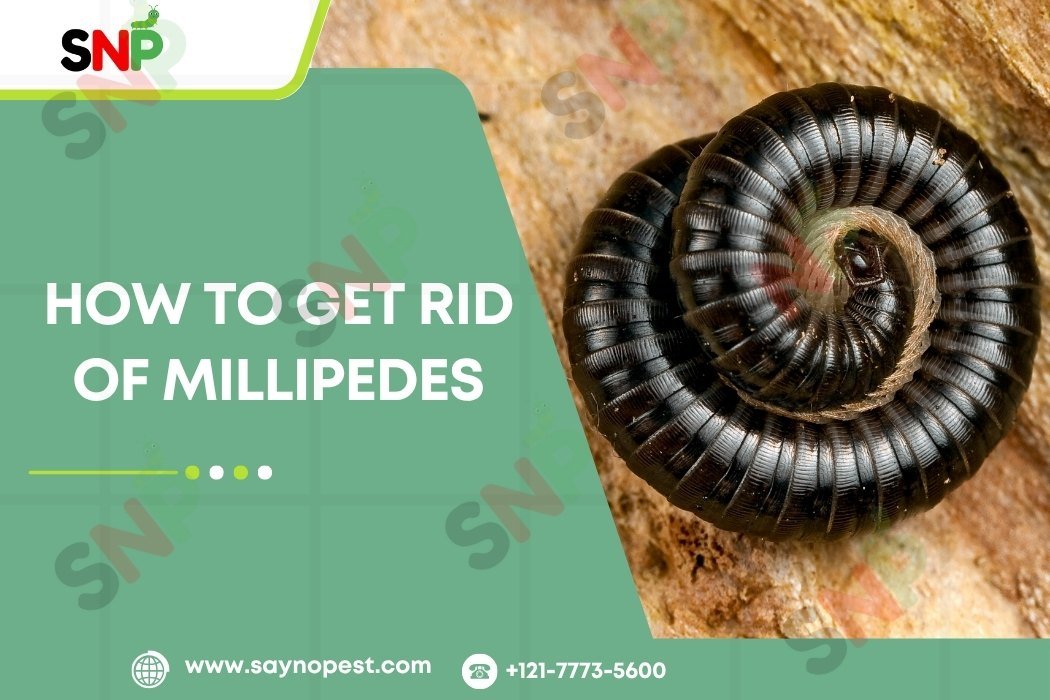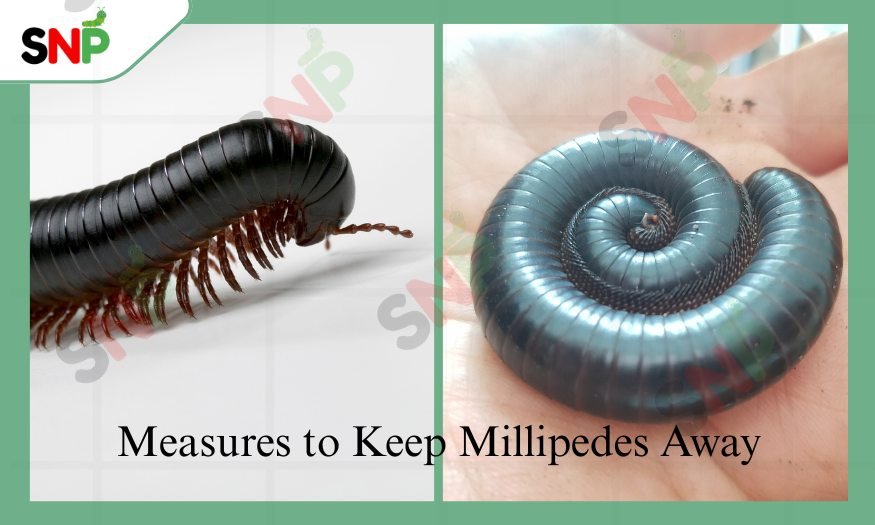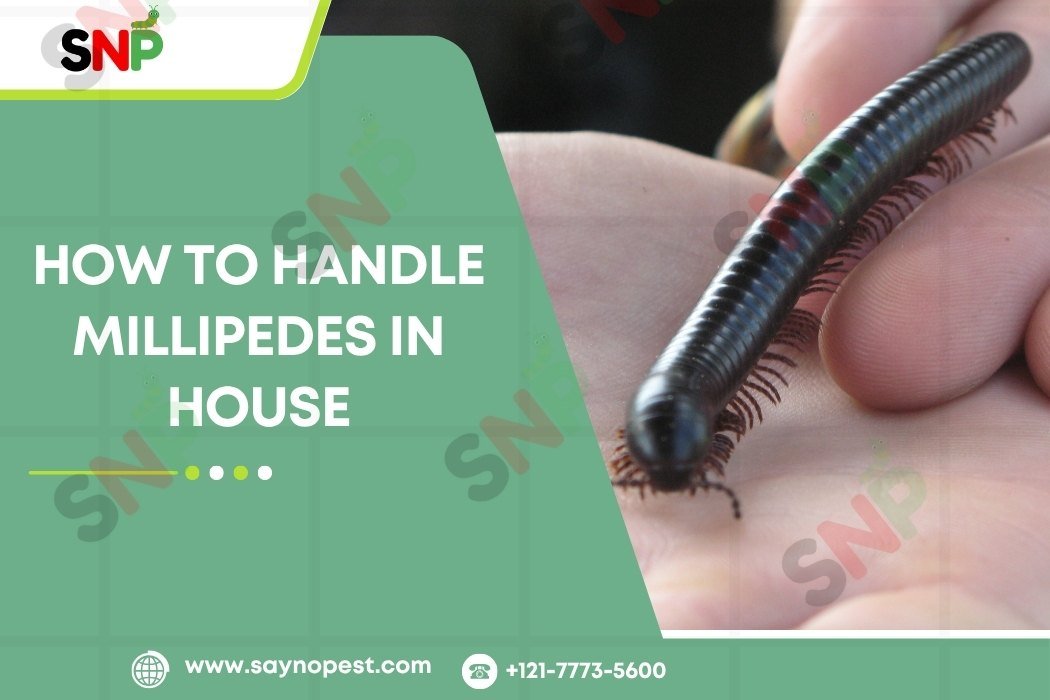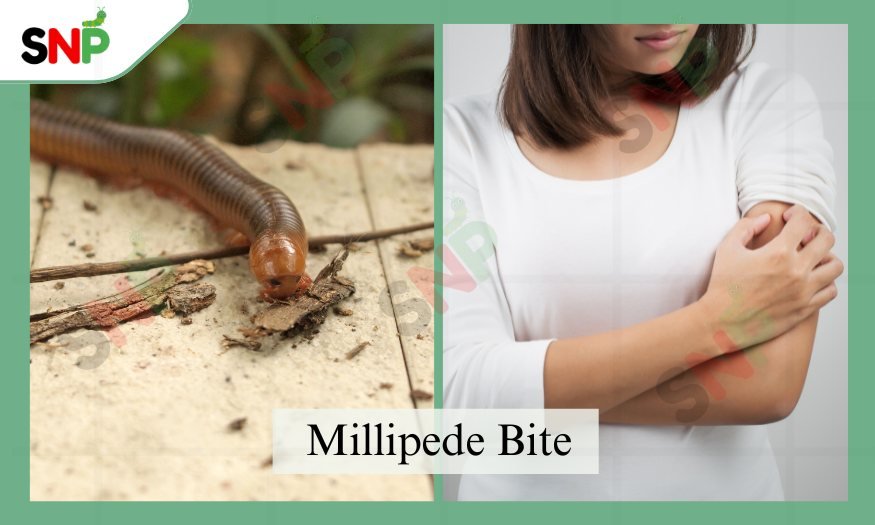Millipedes, sure, they are among the most misunderstood arthropods that are found all over the United States of America. People are very often the ones who come across these many-legged creatures quite unexpectedly in their gardens or basements or simply outdoors and then they immediately start wondering: “Do millipedes bite humans?” This question is obviously raised due to natural concern after finding unfamiliar creatures around their property.
Do Millipedes Bite?
When we try to figure out if millipedes bite, we need to check the structure of their mouth as well. Millipedes have mouthparts that are specifically designed for them called gnathochilarium, which are described by experts as fused maxillae that make a simple feeding apparatus. This part of their body is used only for processing the soft, dying plant matter and is not for giving bites to other creatures.
The gnathochilarium is not only weak but also it is made in such a way that it can not penetrate human skin. The millipedes do not use these mouth parts for anything else but cutting up the rotten leaves, fungi that are going to be the main part of their diet. Their moving mechanism is a soft grinding and processing instead of an aggressive biting.
Do millipedes bite even when they are feeding? Millipedes at no point even when they are feeding their favorite foods, they do gentle scraping and grinding rather than recklessly biting vigorously. Their mandibles are working hand in hand with those digestive secretions in order to soften the food materials before the intake thus making it easy.
Are Millipedes Poisonous? What Science Says!
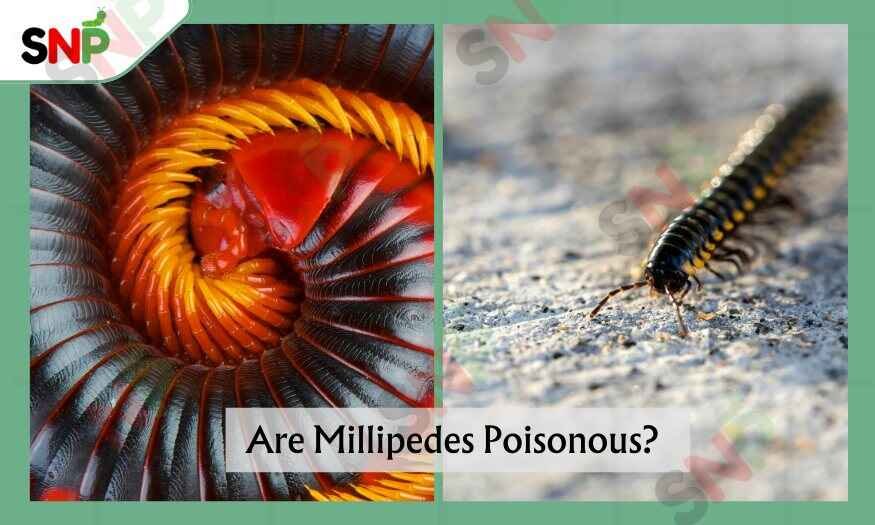
Millipedes are not poisonous and cannot bite. But they possess special chemical defenses. Some millipedes secrete a combination of chemicals when they are threatened or mishandled.
The quantity of poison that millipedes secrete is insignificant to cause any serious damage to human beings. But individuals with sensitive skin can experience irritation such as itching, redness, or burning sensation after contact with the secretion of a millipede. The skin can become brownish in other instances, but the problem can be resolved by washing with soap and water.
Even larger millipedes are able to spray their chemicals up to 32 inches, although the spray is not strong enough to be harmful to most people. These defense tricks have been in use by millipedes since more than 400 million years. Each body segment has special glands that secrete their own chemical combinations.
There are chemicals that can kill bacteria and others that are used to repel enemies. Millipedes usually curl into a ball when they are attacked and secrete smelly substances through small holes in their bodies. This cushions their tender legs and creates a shield against harm. Other millipedes enhance their own defenses by incorporating plant chemicals in the food they consume.
Staying Safe Around Millipedes
Although millipedes have minimal direct harm potential, following rules ensures safety. Knowing correct safety precautions becomes very necessary when you come across millipedes in your garden.
- Use gloves for protection when you take care of millipedes.
- You need to clean places where they have gathered.
- Do not touch your eyes it after the contact with millipedes as their secretions can cause irritation.
- If, however, the contact is accidental, wash the place of the contact with plenty of soap and water straight away.
- Do not use cleaners that are alcohol-based as they can contribute to irritation.
- If the situation becomes very severe to the extent of symptoms like wide blistering, shortness of breath, or allergic reaction signs, you should call for help immediately.
- It is advised that pet owners keep an eye on their pets near millipedes. Pets that are full of curiosity can be endangering themselves by going after millipedes for a treat.
- Even though millipedes secretions are minimal in terms of the harm caused to pets, they may go through a short period of irritation in the mouth or may have diarrhea.
Key Differences btw Millipedes vs Centipedes
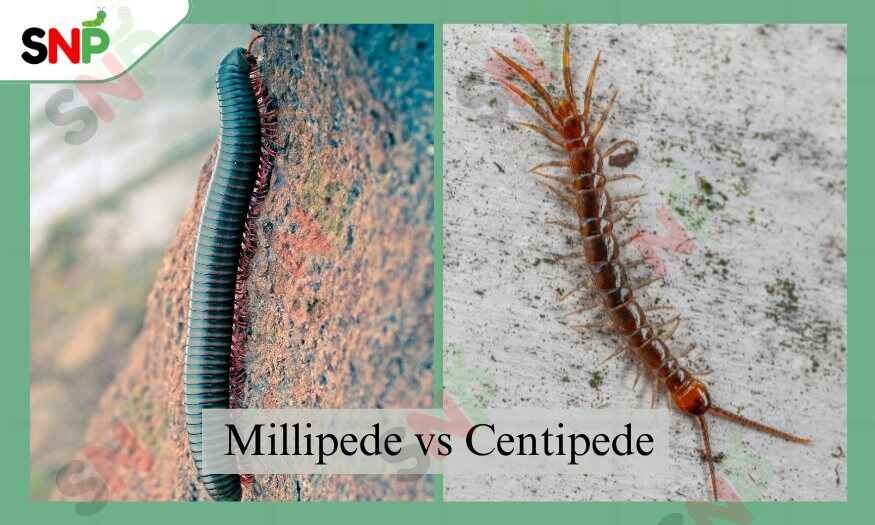
Most people confuse Millipedes vs Centipedes with each other. From the ecological point of view, these two arthropods are very different. There are millipedes that cannot bite while centipedes are capable of giving painful bites.
Centipedes have venomous fangs known as forcipules with which they harm the prey and also protect themselves. They give painful bites to people, however, it is seldom that they become a serious problem for the doctors. On the other hand, millipedes have no biting apparatus at all and they depend only on their chemical defenses.
The structure of the body also vary to a large extent in these arthropod groups. Millipedes are creatures with cylindrical bodies rounded in shape that have two pairs of legs for each segment. Centipedes have flattened bodies and one pair of legs for each segment only.
Millipedes are slow movers and they do it deliberately, while centipedes are fast moving predators that directly chase the prey of other arthropods.
Intake of food also is the factor that makes these animals different from one another. Millipedes are peaceful decomposers that survive on dead plant material. Centipedes are go-getters and hence they outdo others in numbers by catching and consuming other arthropods, worms, and small creatures.
Conclusion
To answer the question “Do millipedes bite“. Millipedes have no poison in the usual sense, but if the defense chemicals they excrete come into contact with the skin of the very sensitive someone, only mild irritation can be caused. Having enough knowledge about these creatures will help you to understand how you need to behave with them.
